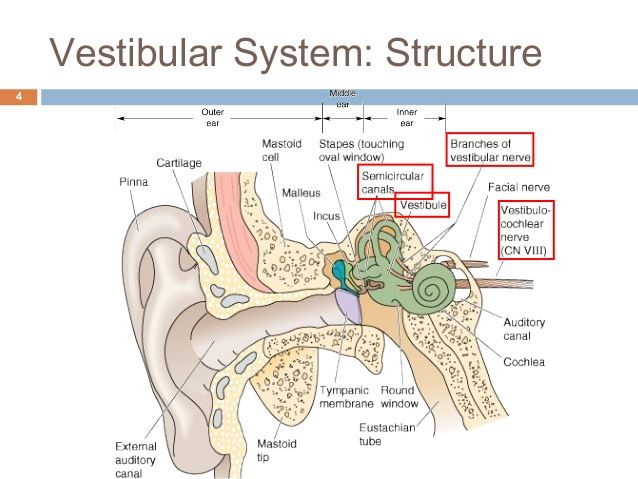Introduction of OTOP2
OTOP2, encoded by the gene OTOP2, is a transmembrane protein belonging to the proton channel OTOP family. OTOP2 gene is mapped to chromosome 17q25.3 in human and is conserved in Rhesus monkey, chicken, chimpanzee, dog, mouse, cow, rat, fruit fly, zebrafish, and frog. Only biased expression of OTOP2 is observed in colon and testis. Specifically transporting protons into cells, OTOP2 is necessary for the cells that use changes in intracellular pH for cell signaling or to regulate biochemical or developmental processes. No alternative transcript variant has been reported so far.
| Basic Information of OTOP2 | |
| Protein Name | Proton channel OTOP2 |
| Gene Name | OTOP2 |
| Aliases | Otopetrin-2 |
| Organism | Homo sapiens (Human) |
| UniProt ID | Q7RTS6 |
| Transmembrane Times | 12 |
| Length (aa) | 562 |
| Sequence | MSEELAQGPKESPPAPRAGPREVWKKGGRLLSVLLAVNVLLLACTLISGGAFNKVAVYDTDVFALLTAMMLLATLWILFYLLRTVRCPCAVPYRDAHAGPIWLRGGLVLFGICTLIMDVFKTGYYSSFFECQSAIKILHPLIQAVFVIIQTYFLWVSAKDCVHVHLDLTWCGLMFTLTTNLAIWMAAVVDESVHQSHSYSSSHSNASHARLISDQHADNPVGGDSCLCSTAVCQIFQQGYFYLYPFNIEYSLFASTMLYVMWKNVGRFLASTPGHSHTPTPVSLFRETFFAGPVLGLLLFVVGLAVFIIYEVQVSGDGSRTRQALVIYYSFNIVCLGLTTLVSLSGSIIYRFDRRAMDHHKNPTRTLDVALLMGAALGQYAISYYSIVAVVAGTPQDLLAGLNLTHALLMIAQHTFQNMFIIESLHRGPPGAEPHSTHPKEPCQDLTFTNLDALHTLSACPPNPGLVSPSPSDQREAVAIVSTPRSQWRRQCLKDISLFLLLCNVILWIMPAFGARPHFSNTVEVDFYGYSLWAVIVNICLPFGIFYRMHAVSSLLEVYVLS |
Function of OTOP2 Membrane Protein
OTOP2 is first identified for its essential role in the vestibular system. Fig.1 shows the structure of the vestibular system. As a type of proton-selective channel, OTOP2 is responsible for specific transportation of protons into cells, which leads to changes in intracellular pH to modulate physiological processes. There are two important paralogs of OTOP2 gene: OTOP1 and OTOP3. As a type of otopetrins, OTOP2 is essential for normal formation of otoliths/otoconia in the inner ear. And otoconia are essential for normal processing of information regarding acceleration, the perception of gravity and spatial orientation. Different from canonical 7-transmembrane receptors, OTOP2 has 12 transmembrane regions composing of the ion channel, which almost occupies 80 percents of the whole sequence. Diseases associated with OTOP2 include vestibular disease and Usher syndrome.
 Fig.1 Schematic representation of the vestibular system.
Fig.1 Schematic representation of the vestibular system.
Application of OTOP2 Membrane Protein in Literature
This report demonstrates that otopetrin family is of evolutionary conservation and it may have widespread tissue distribution, suggesting a broad role of proton channels in pathophysiology and physiology.
This article sets up a framework for researching the probable interaction(s) of Otop and Ush1g in developmental pathways and clarifies the evolutionary history of the vertebrate Ush1g and Otop families.
This article confirms that the distinct identity of ODP proteins is three "Otopetrin Domains" that are highly conserved between arthropods, vertebrates, and nematodes.
This article defines a novel gene family (Otop3 and Otop2, Otop1 and Otop1-like paralogues) with homology to the D. melanogaster and C. elegans DUF270 genes.
OTOP2 Preparation Options
In recent years, we have developed the versatile Magic™ membrane protein production platform to provide high-quality membrane protein preparation service. Our experienced scientists will do their best to help you find a perfect match for worldwide customers in reconstitution forms as well as multiple active formats. Aided by our versatile Magic™ anti-membrane protein antibody discovery platform, we also provide customized anti-OTOP2 antibody development services.
Creative Biolabs is dedicated to providing first-class membrane protein production service using a variety of strategies. Based on our leading-edge platform, we have successfully produced, purified, stabilized and characterized many challenging membrane protein targets for global customers. If you are interested in the service we can provide, please feel free to contact us for more information.
All listed services and products are For Research Use Only. Do Not use in any diagnostic or therapeutic applications.